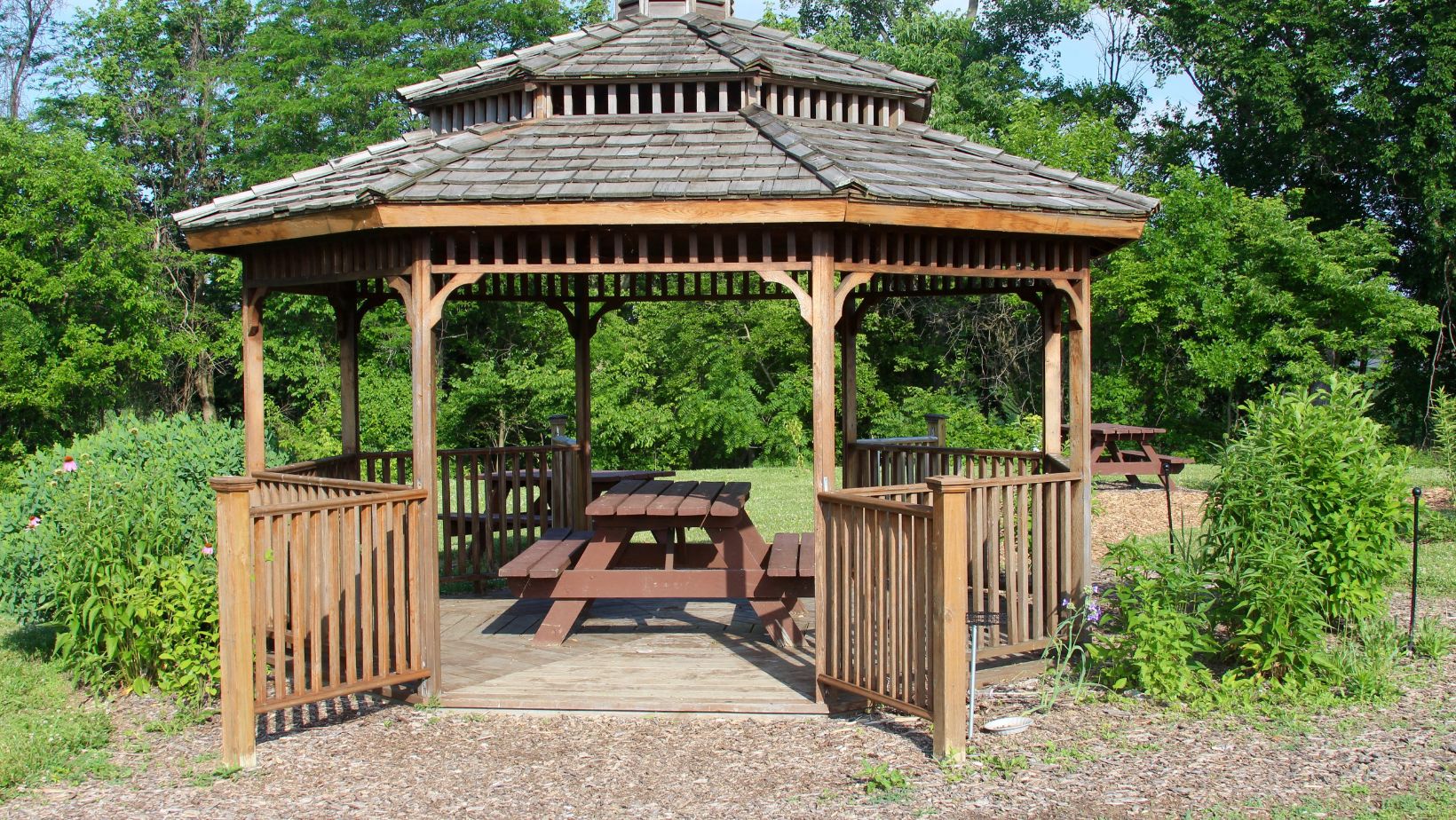Gazebo Leg Weights
When it comes to gazebo leg weights, there are various materials that can be used to ensure stability and security. Whether you’re setting up a gazebo for a backyard party or an outdoor event, choosing the right material for your leg weights is crucial. In this article, I’ll explore some of the different materials commonly used in gazebo leg weights and discuss their pros and cons.
One popular material for gazebo leg weights is concrete. Concrete leg weights are known for their durability and strength, making them a reliable option for securing your gazebo. They are typically made from a mixture of cement, sand, gravel, and water. Concrete leg weights provide excellent stability even in windy conditions, but they can be heavy and cumbersome to transport.
Another material often used in gazebo leg weights is steel. Steel leg weights offer both strength and portability. They are usually made from sturdy steel plates or tubes filled with sand or concrete. Steel leg weights are relatively lightweight compared to concrete ones while still providing sufficient stability for your gazebo.
Lastly, plastic resin is another material that can be found in gazebo leg weights. Plastic resin leg weights are lightweight and easy to handle, making them ideal for those who require flexibility and convenience in setting up their gazebos. However, they may not offer the same level of stability as concrete or steel options.
Concrete Leg Weights
When it comes to gazebo leg weights, one of the most popular and widely used materials is concrete. Concrete leg weights offer a sturdy and reliable solution for anchoring gazebos, providing stability even in windy conditions. Let’s take a closer look at why concrete leg weights are a great choice.
- Durability: Concrete is known for its exceptional durability, making it an ideal material for gazebo leg weights. It can withstand various weather conditions, including rain, wind, and even extreme temperatures. This means that once you install concrete leg weights, you can enjoy long-term stability without worrying about replacements or maintenance.
- Weight Capacity: Another advantage of using concrete leg weights is their impressive weight capacity. The heaviness of the concrete ensures that your gazebo remains firmly in place, preventing any accidental tipping or movement during strong winds or storms. This added stability gives you peace of mind knowing that your gazebo is secure and safe.
- Versatility: Concrete leg weights come in different sizes and shapes to accommodate various types of gazebos and their specific requirements. Whether you have a small pop-up gazebo or a larger permanent structure, there are concrete leg weight options available to suit your needs perfectly.
- Easy Installation: Despite their substantial weight, installing concrete leg weights is a straightforward process that doesn’t require advanced technical skills or tools. Most often, these weights feature built-in handles or openings where you can insert rods or hooks for attaching them securely to the gazebo legs.
- Cost-Effective Solution: Concrete is an affordable material compared to some other alternatives used for gazebo leg weights such as cast iron or steel. Choosing concrete not only ensures durability but also provides excellent value for money by offering long-lasting performance without breaking the bank.

Sand Bag Leg Weights
When it comes to securing a gazebo, one of the options available to you is sand bag leg weights. These weights are a popular choice due to their ease of use and effectiveness in providing stability. Let’s delve deeper into the advantages and considerations of using sand bag leg weights for your gazebo.
- Versatility: Sand bag leg weights offer great versatility, as they can be used on various surfaces such as grass, concrete, or even decking. This makes them an ideal solution for different outdoor events and locations. Whether you’re setting up your gazebo on a beach, in a park, or in your own backyard, sand bag leg weights provide the flexibility needed to ensure stability.
- Ease of Use: One of the main advantages of sand bag leg weights is their simplicity when it comes to setup and removal. Unlike other types of leg weights that require additional tools or equipment, all you need to do is fill the bags with sand and attach them securely to each gazebo leg. This makes them convenient for quick assembly and disassembly.
- Portability: Sand bag leg weights are also highly portable compared to alternative options like concrete blocks or metal plates. Since they are empty until filled with sand at the desired location, they can be easily transported without adding unnecessary weight during transportation.
- Weight Considerations: The weight capacity required for your gazebo will depend on its size and design specifications. Sand bags come in various sizes and materials which can handle different weight capacities ranging from 10 pounds up to 50 pounds per bag. It’s important to consider both the weight capacity of the bags themselves as well as any additional weight added by filling them with sand.
- Stability Factors: While sand bag leg weights offer effective stabilization for gazebos, it’s worth noting that they may not be suitable for extremely windy conditions or areas prone to heavy rainfall or flooding. In such cases, additional anchoring methods like using metal stakes or tie-down straps may be necessary to ensure maximum stability.






